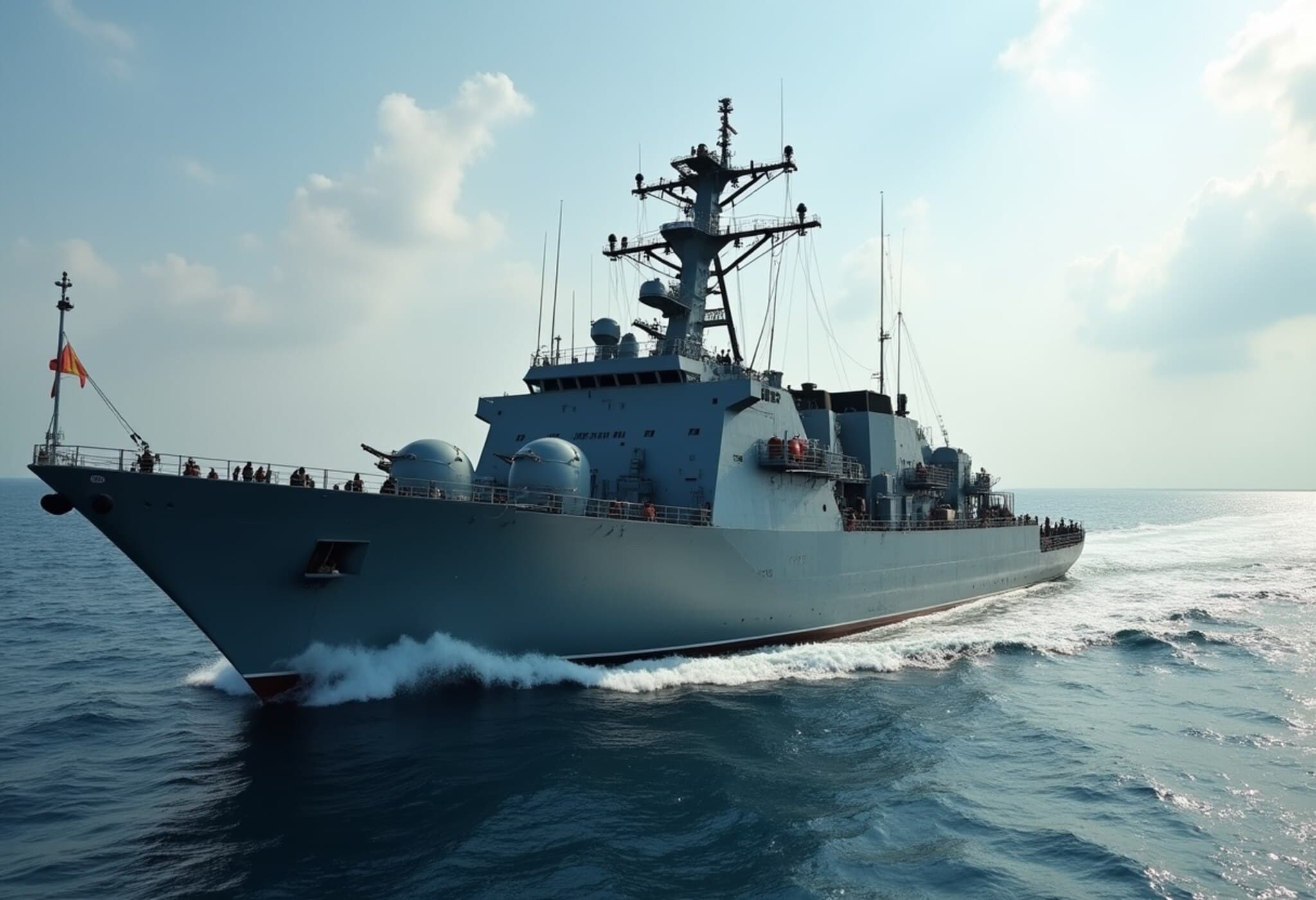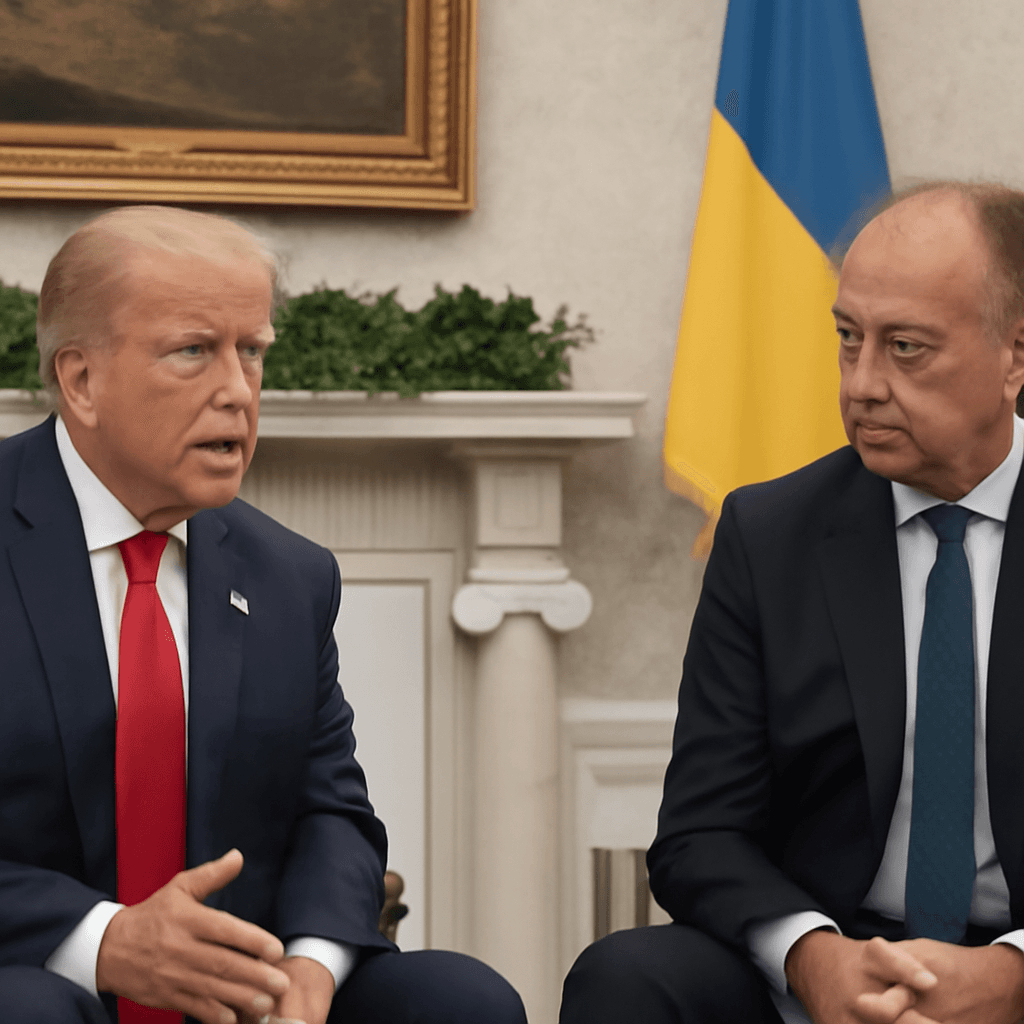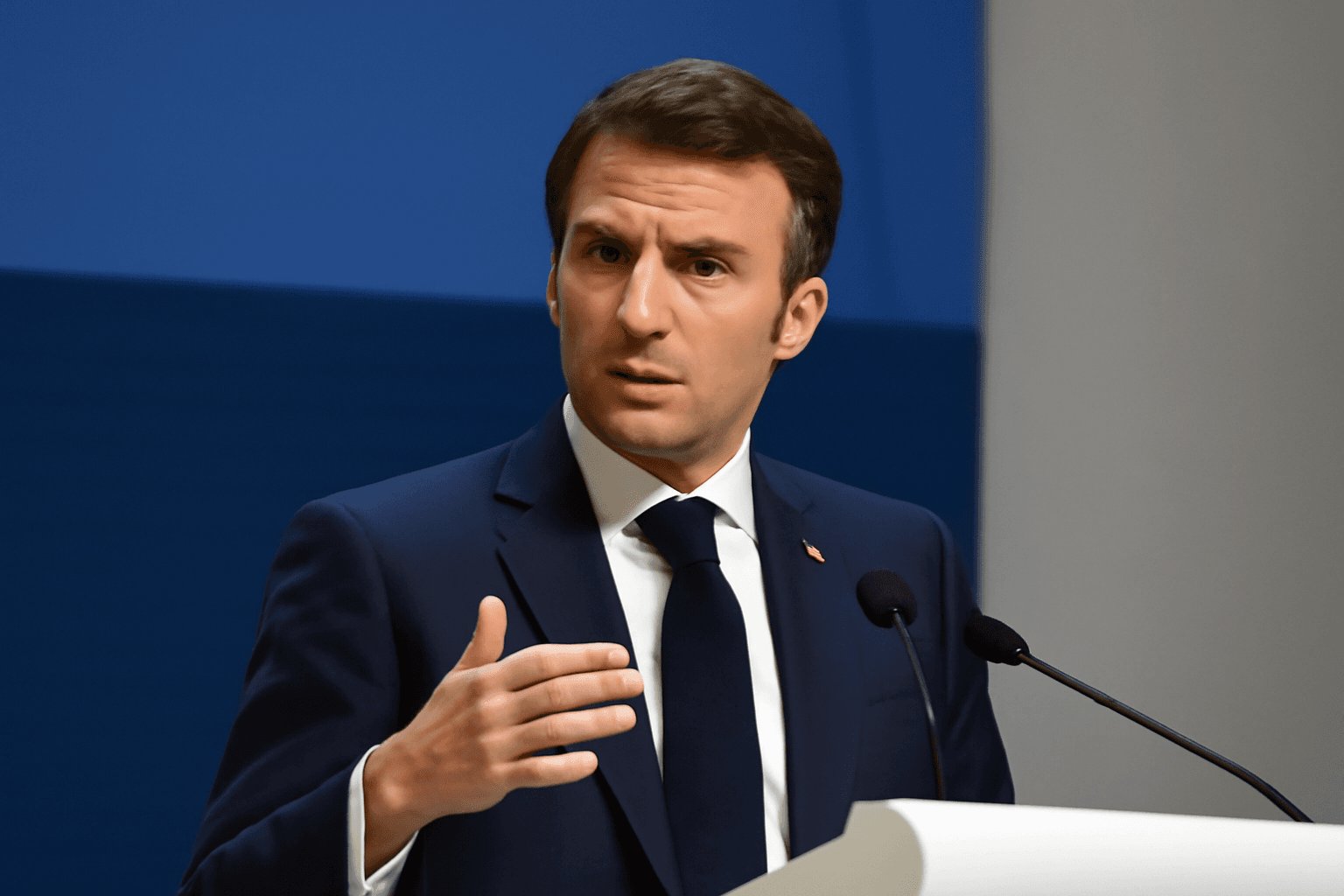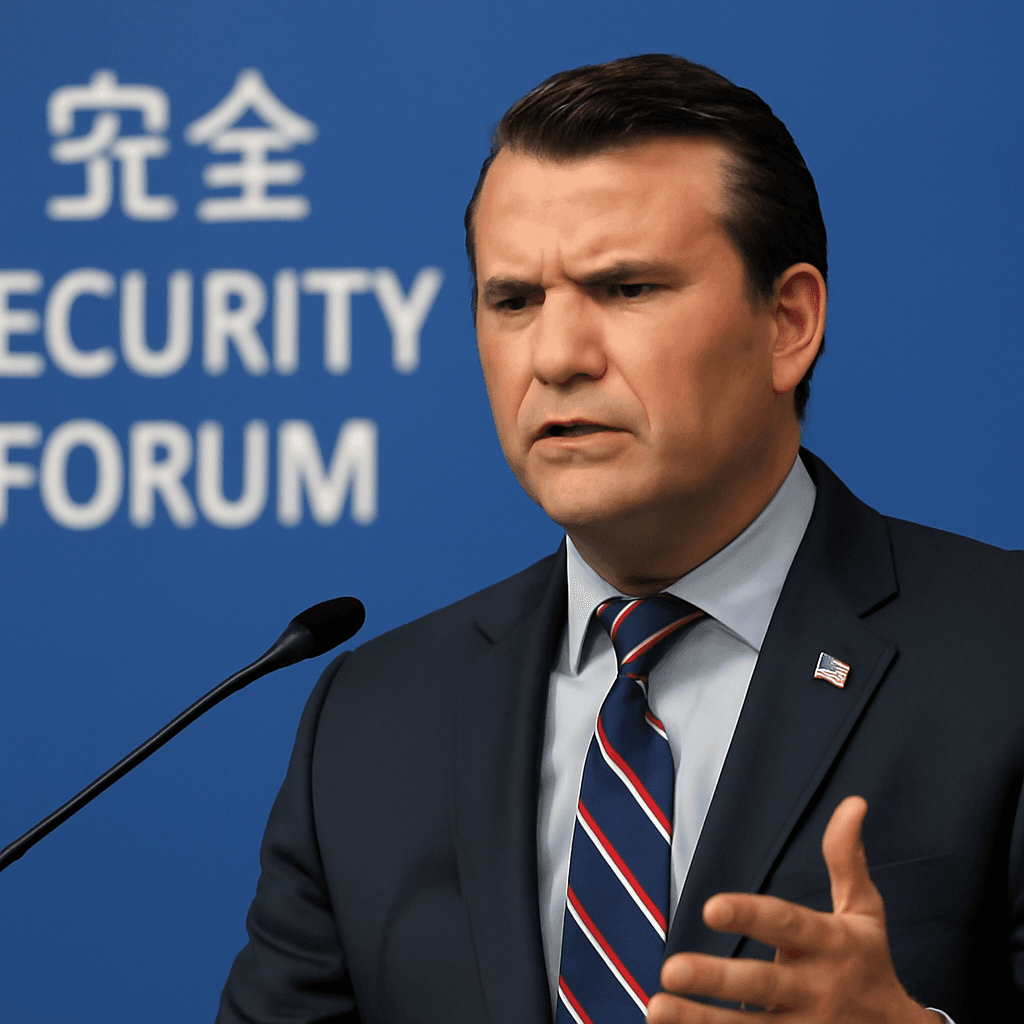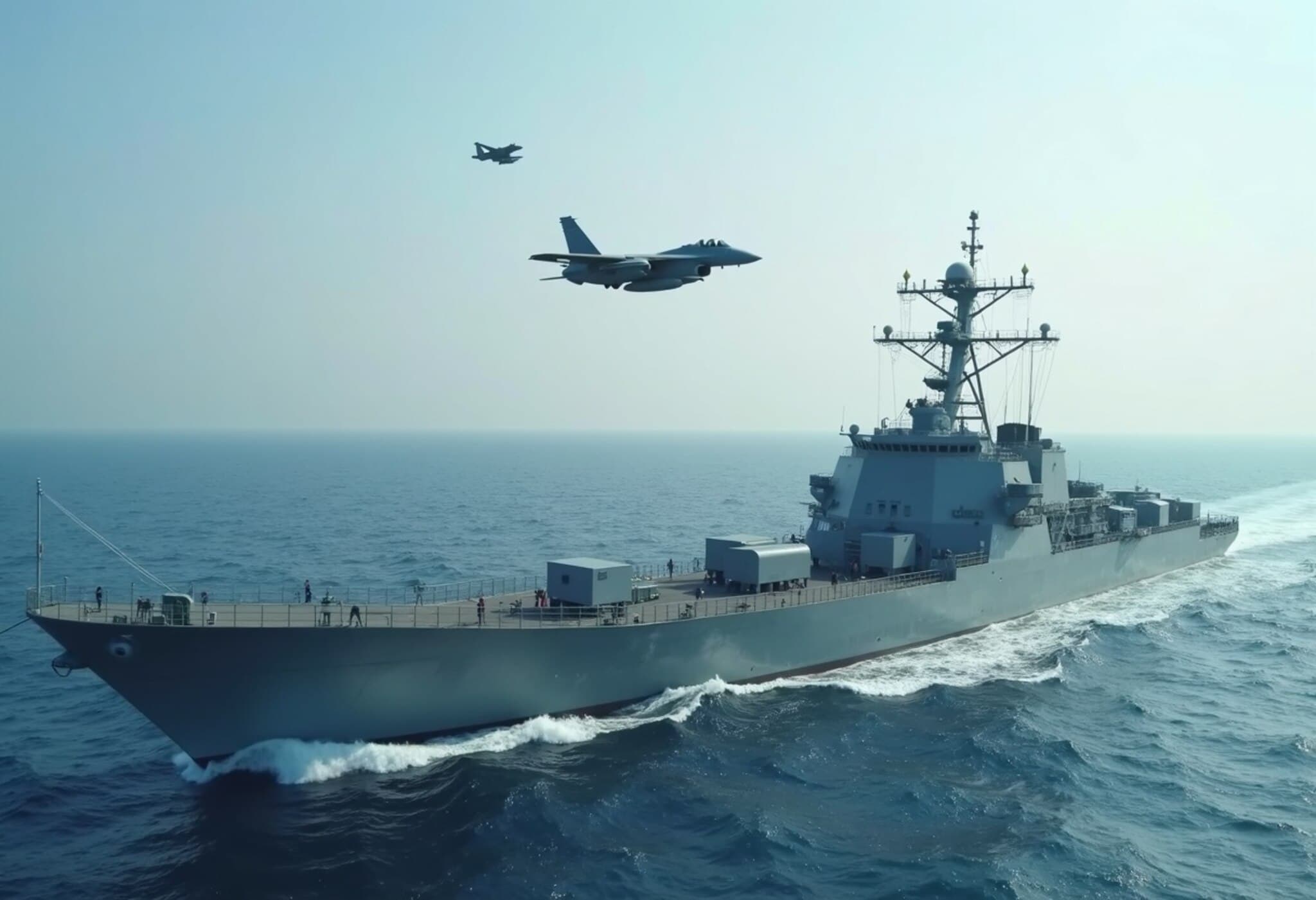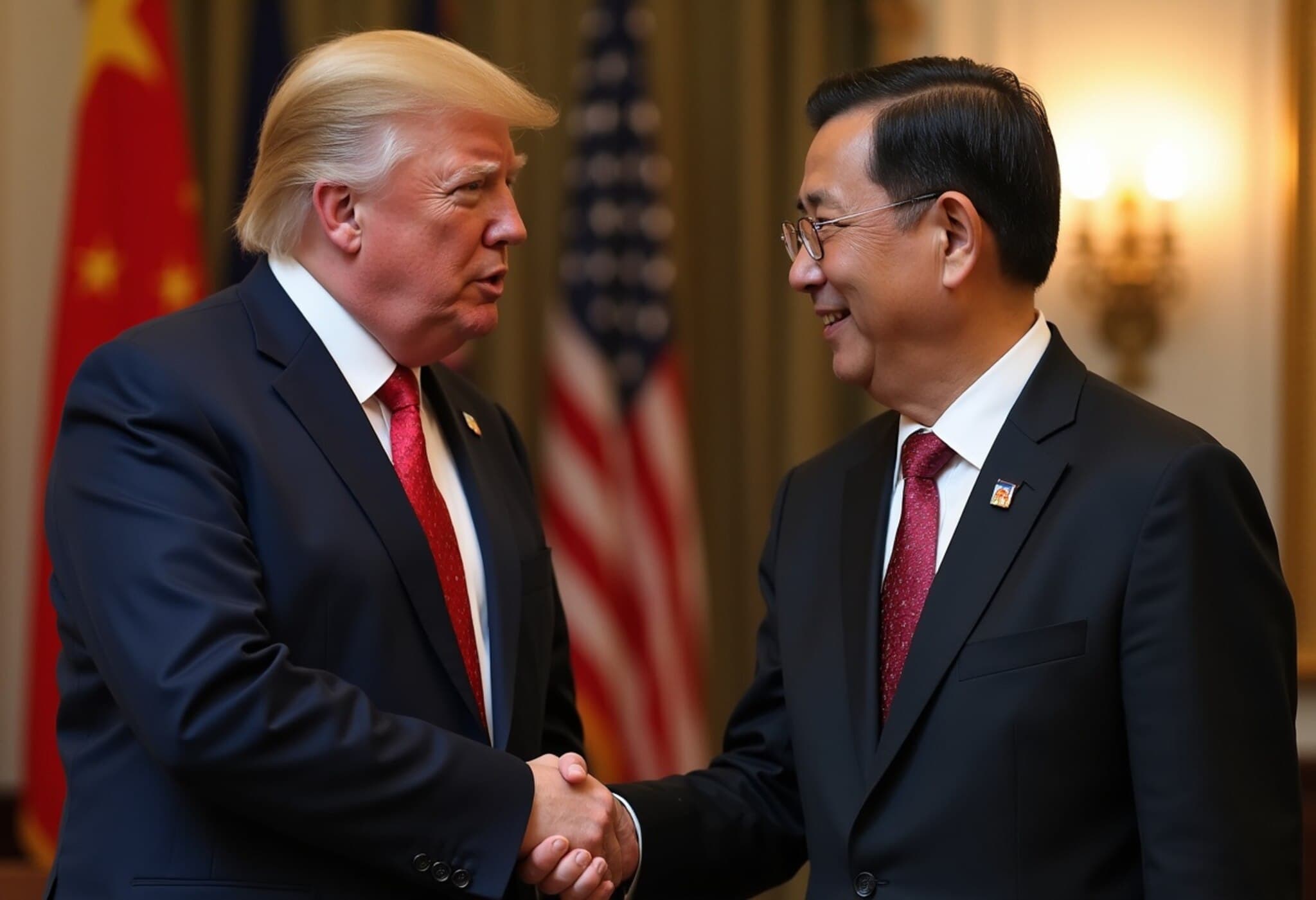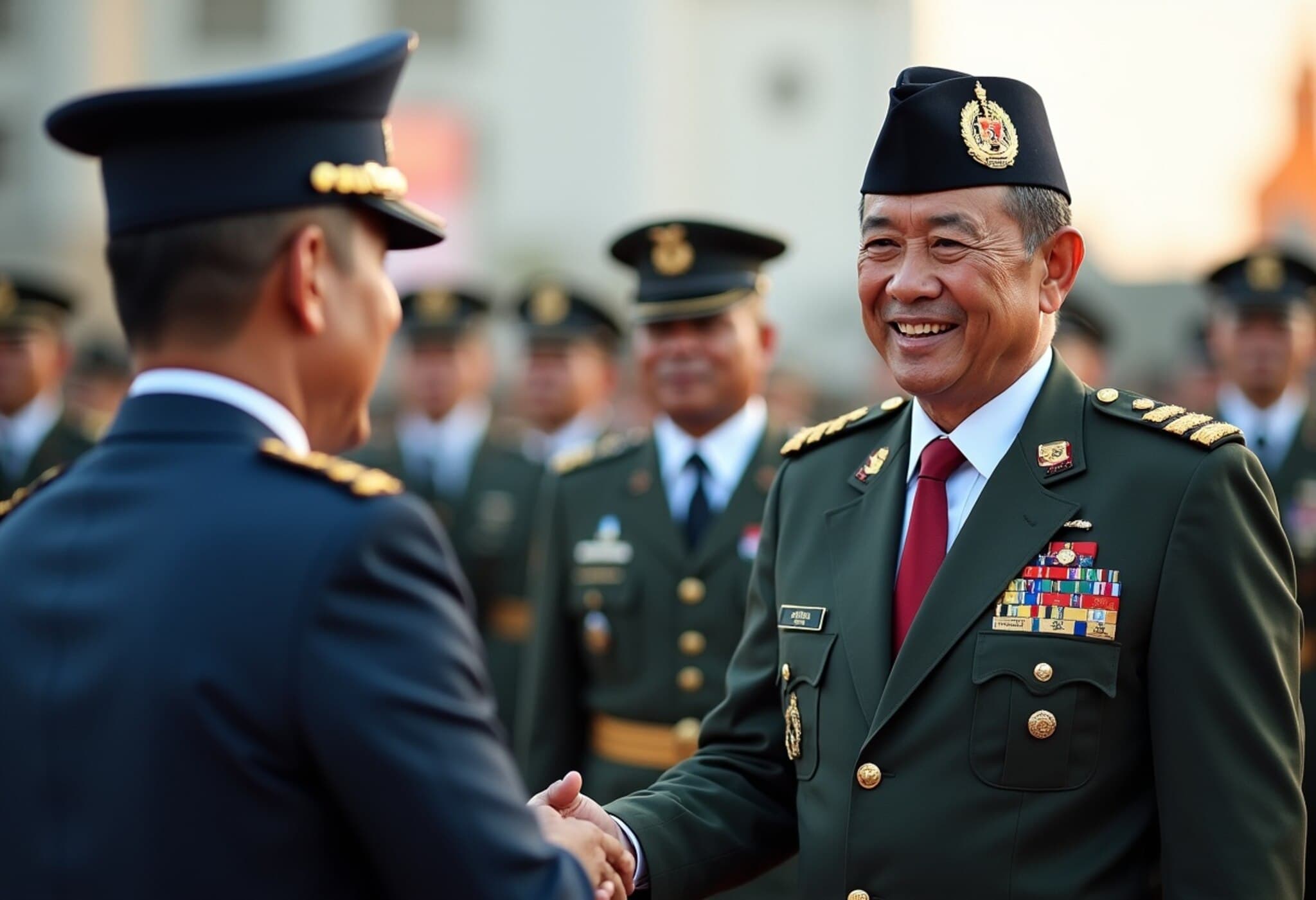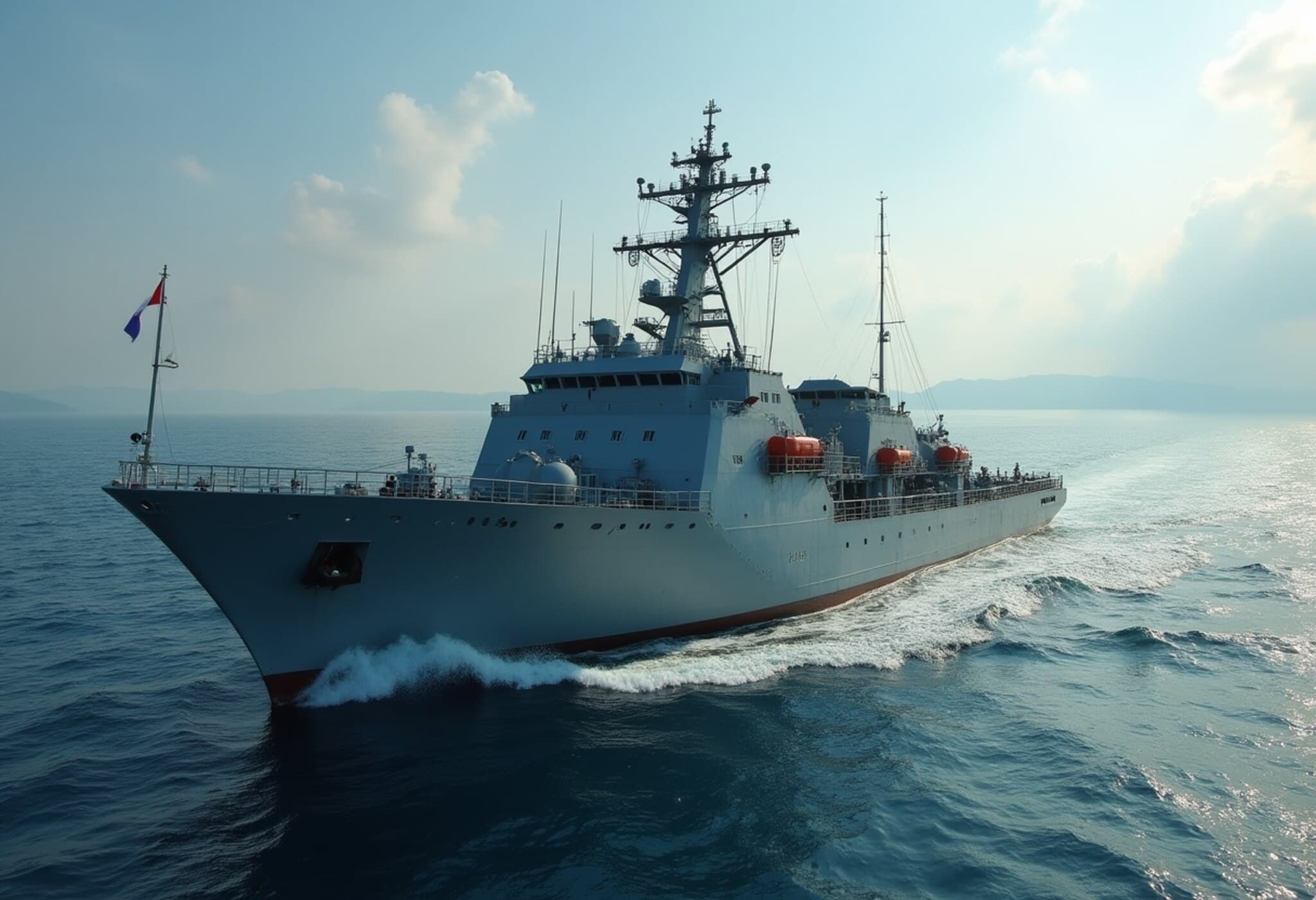India and Philippines Initiate Historic Naval Patrol in the South China Sea
In a significant demonstration of growing defense collaboration, the navies of India and the Philippines have embarked on their first-ever joint patrol mission in the disputed waters of the South China Sea. Manila’s military confirmed the deployment on August 4, 2025, coinciding with Philippine President Ferdinand Marcos’s state visit to New Delhi.
Details of the Joint Naval Operation
The two-day maritime exercise commenced on Sunday and involves three Indian naval vessels, including the formidable guided missile destroyer INS Delhi. Arriving in Manila last week for a port call, these ships set sail alongside their Philippine counterparts to patrol areas marked by overlapping territorial claims. This operation represents a strategic step amid escalating tensions in one of the world’s most contested maritime regions.
Lieutenant Colonel John Paul Salgado, a spokesperson for the Philippine military, described the patrol activities, noting they had already started and were ongoing with a current phase involving replenishment at sea. The timing of this joint patrol, a day before President Marcos's visit to India for high-level talks with Prime Minister Narendra Modi, underscores the enhanced defense cooperation forged between the two democracies.
Rising Regional Tensions and China's Response
The South China Sea remains a hotbed of geopolitical friction, with Beijing asserting claims over nearly the entire waterway, a stance previously invalidated by an international tribunal as lacking legal foundation. The joint patrol triggered a sharp rebuke from China, with the People’s Liberation Army’s Southern Theater Command condemning the move as a provocation that threatens regional stability.
Senior Colonel Tian Junli, spokesperson for the command, charged that Manila was deliberately "drawing in external countries to stir up trouble.” Beijing emphasized it was conducting routine patrols in the area and maintained a state of high alertness, signaling its readiness to respond to perceived challenges.
Strategic Significance and Broader Implications
This collaboration reflects growing defense partnerships in the Indo-Pacific, where nations like the Philippines are strengthening ties with allies against a backdrop of China's assertiveness. The Philippines has notably acquired advanced Indian defense technology, including the BrahMos supersonic cruise missiles, which enhance its deterrence capabilities.
India, itself engaged in a long-standing border dispute with China in the Himalayas, is a member of the Quadrilateral Security Dialogue (Quad), alongside the United States, Japan, and Australia. Although Beijing often casts the Quad as a containment strategy, member states argue that their cooperation promotes a free, open, and rules-based Indo-Pacific region.
Outcomes Expected from President Marcos's Visit
During his two-day visit to India, President Marcos is set to sign several bilateral agreements spanning law, culture, and technology sectors. However, observers are particularly attentive to any potential defense agreements that could further solidify bilateral security ties.
Prior to departure, Marcos underscored the shared commitment of India and the Philippines to the United Nations Convention on the Law of the Sea (UNCLOS), emphasizing the importance of respecting exclusive economic zones and international maritime law in maintaining regional peace.
Expert Analysis: Navigating Complex Geopolitics
This joint patrol marks a pivotal moment in regional security dynamics. From an expert perspective, it is not merely a symbolic gesture but a practical step toward coalition-building in contested waters. Analysts suggest that such operational cooperation could deter unilateral actions by Beijing and encourage adherence to international maritime norms.
Nevertheless, the risk of escalation remains palpable, as China’s militarized claims continue to challenge sovereignty claims by ASEAN members. The involvement of India, geographically distant but strategically invested, signifies an expanding geopolitical interest in Pacific maritime security — a development that may shape the balance of power in coming years.
As these nations navigate the intricate interplay of diplomacy, defense, and economic interests, the broader question remains: How will emerging alliances reshape the Indo-Pacific security architecture, and can they mitigate risks without igniting deeper conflict?
Editor’s Note
- The India-Philippines joint naval patrol is a watershed in regional defense cooperation amid South China Sea disputes.
- China's forceful reaction reveals the fragility of peace in contested maritime zones.
- This initiative reflects broader shifts toward multipolar collaboration challenging Chinese maritime dominance.
- Future developments hinge on diplomatic engagement and adherence to international maritime law.
- Readers should watch for evolving defense agreements and the impact on Quad dynamics in the Indo-Pacific theater.
By contextualizing this patrol within the broader geopolitical tensions and legal battles over maritime sovereignty, the story highlights a critical juncture in Indo-Pacific security, inviting readers to consider the implications for regional stability and international law.

